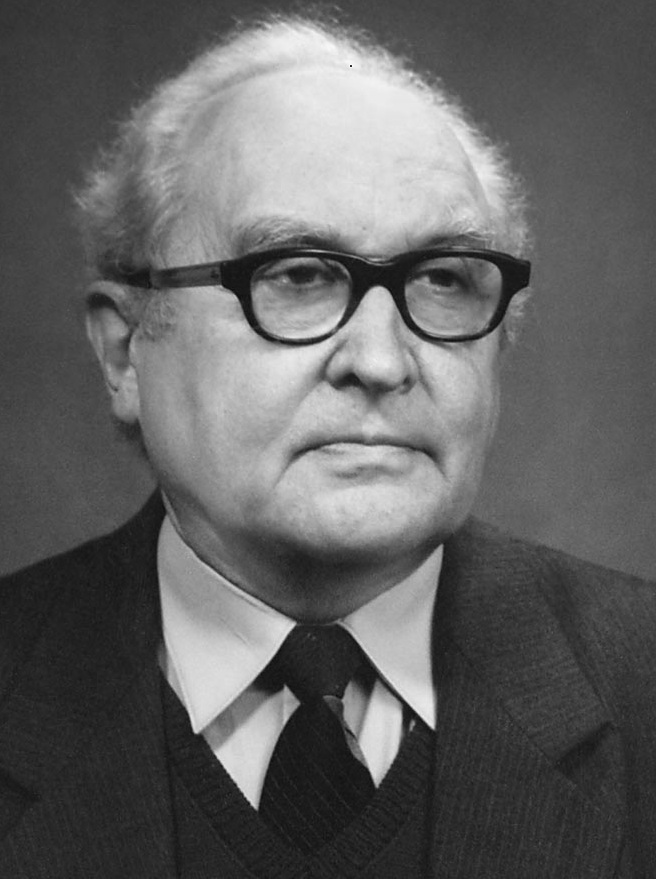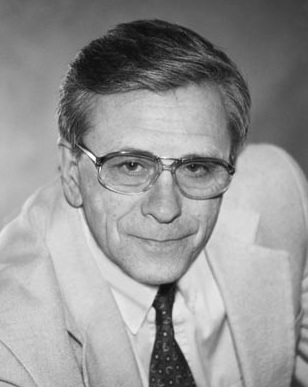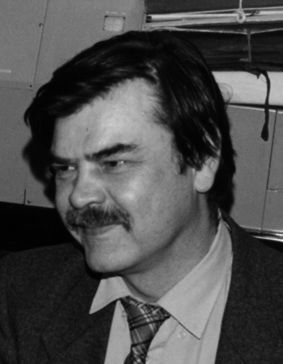under construction
After Frumkin’s division moved to the newly established Institute of Electrochemistry, other teams dealing with traditional applied electrochemistry continued in the Institute of Physical Chemistry. K.M. Gorbunova and A.T. Vagramyan developed electrodeposition, N.D. Tomashov and I.L. Rosenfeld continued with corrosion, and younger .

The lab of the structure of surface layers was very close and friendly to Frumkin school during many years. Starting from 1972, this lab was headed by Yuryi Mikhailovich Polukarov (1927-2010), the graduate of Perm University (1948). In his 1952 PhD thesis completed already in the Institute of Physical Chemistry under the supervision of K.M. Gorbunova, and also in his 1966 DSc thesis, Polukarov considered electrocrystallization of alloys, including both electrochemical and structural aspects, with an active usage of solid-state characterization techniques. In 1988 he was appointed as the director of the Institute. He never liked this administrative post, but managed to make a lot for supporting the research under difficult conditions of early 1990s. He originated from Perm electrochemical dynasty presented (in Russian) in this article. Here is the memorial text in English.
Vladimir Nikolaevich Kudryavtsev

Alexey Ivanovich Danilov (1956-2016) was (1956-2016) was diploma student of V.A. Safonov in Moscow University, and moved to the Institute of Physical Chemistry after graduation.He was the most important person in connecting Polukarov’s lab and Dept of Electrochemistry in Moscow University. He was concentrated on the early steps of nucleation and growth, the topic that never attracted the attention of Frumkin school directly. Starting from his PhD thesis (1984), he made a lot for understanding the role of kinetics of electron transfer, adsorption, and underpotential deposition in nucleation processes, especially for his favorite copper deposition process (2002 DSc thesis). A.I. Danilov pioneered electrochemistry of well-defined single crystals in Russia, taking experimental experience directly from the Alicante school. He was also very close to the great Bulgarian nucleation school.

Iosif L’vovich Rosenfeld (1914-1981) belonged to Akimov’s surrounding. He graduated from the Institute of Non-ferrous Metals and Gold in 1939, and his PhD period was interrupted by WWII. He completed his PhD thesis on metal corrosion affected by the solution pH in 1946, and started with inhibitor research. His 1951 DSc thesis presented the studies of corrosion inhibitors for neutral media. His books cover a very wide range of metal protection issues, including the fundamental textbook published in 1970.
Another Akimov’s associate, Nikon Danilovich Tomashov (1905-1994), most probably started his work in the Institute of Aviation Materials in 1930s, as we can judge from his early publication on the measurements of thermal conductivity. He completed his DSc thesis on corrosion with oxygen depolarization already in the Institute of Physical Chemistry in 1947, and later authored numerous useful books on corrosion of various types of materials. His regular book co-author was Galina Prokof’evna Chernova, who mostly studied corrosion of steels depending on their doping (PhD 1953, DSc 1980).
Beyond this Akimov’s branch, the leading corrosion scientists were Yuryi Nikolaevich Mikhailovskyi (1924-2003) and Mikhail Nikolaevich Fokin (1925-2012). Many details and names related to the evolution of the corrosion division can be found in this recent article.